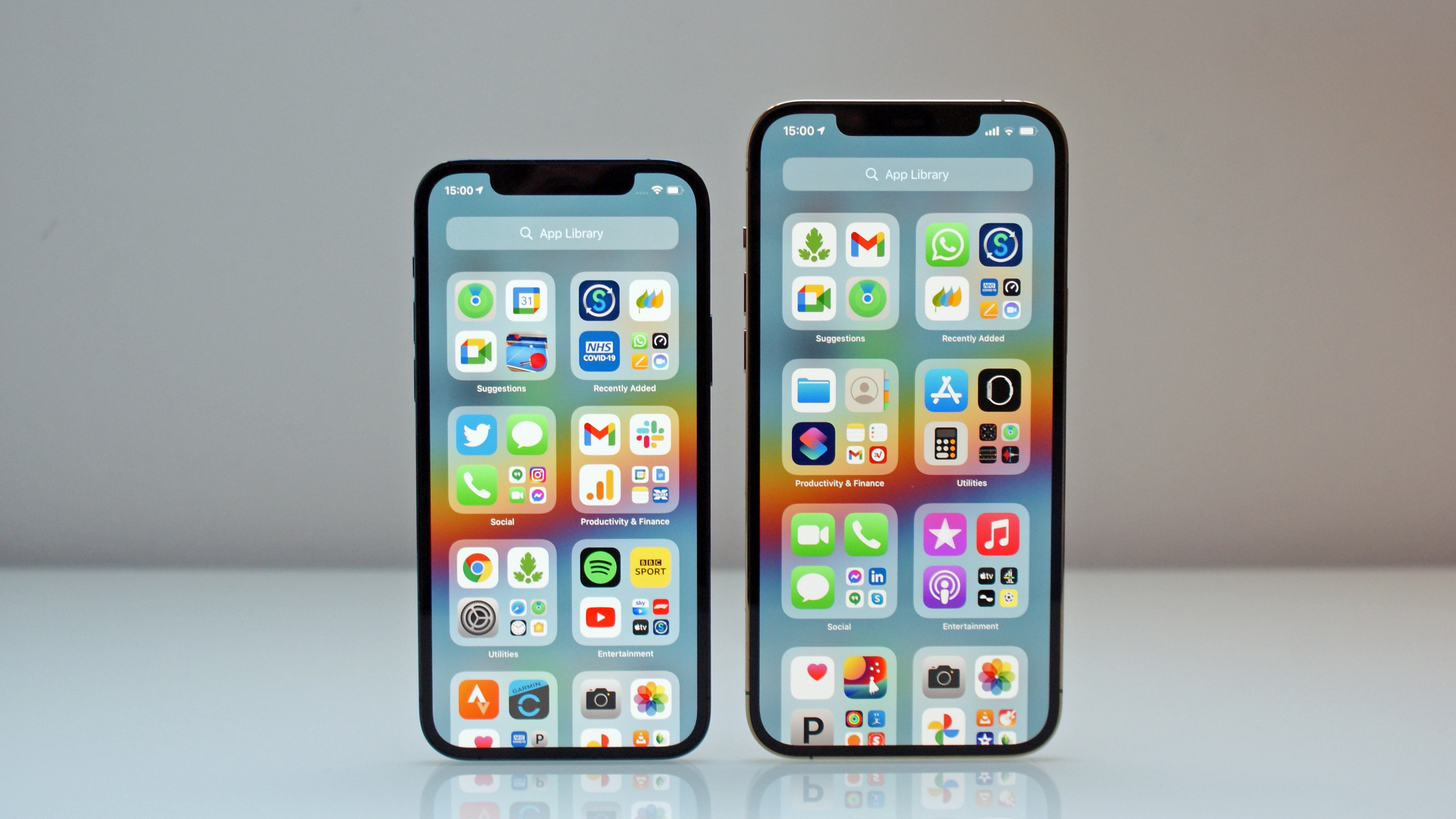iPhone 13 satellite link could keep you connected even when networks are down

Update: it seems yesterday's rumors around a satellite-connected iPhone 13 may have been a little wide of the mark, despite the excellent source involved. MacRumors reports that what Apple might actually be working on is connecting iPhones to extra spectrum for 5G connectivity instead.
However, Mark Gurman at Bloomberg (another very well-placed source), says that satellite communications absolutely are on the table for the iPhone – albeit only for emergency use, and probably not until 2022 at the earliest. We do know that Apple is investigating the technology, so maybe the original reporting was pretty accurate after all.
Our original story is below.
Here's an iPhone 13 rumor we haven't heard before: the next round of Apple handsets are being tipped to come with support for low-earth-orbit (LEO) satellite communications. In other words, you'll be able to call and text even when you don't have a cell signal.
Well, technically speaking we have heard it before – back in December 2019 – but this is the first time the feature has been mentioned in relation to the iPhone 13. It comes from the very credible Apple analyst Ming-Chi Kuo too (via MacRumors).
According to Kuo, the iPhone 13 models will be fitted with a modified Qualcomm X60 baseband modem chip, enabling a satellite communications mode. Texts and calls could then be routed over satellite networks rather than 4G or 5G.
- We might know the iPhone 13 release date
- GoPro Hero 10 Black leaks appear on the web
- There's a repair program for the iPhone 12
Some questions
Kuo goes on to say that the same satellite network technology might eventually be adopted in other Apple products – such as the Apple Car or the Apple AR Glasses, two unconfirmed projects that have so far yet to be officially confirmed.
Sign up for breaking news, reviews, opinion, top tech deals, and more.
For now though the details remain unclear. Whether or not this will be a free add-on or whether you'll have to pay extra for satellite connectivity remains to be seen, and it sounds like something Apple might decide to add as a premium perk.
There's another question around how many apps will be able to use the satellite communications mode: will it be restricted to Apple apps such as FaceTime and iMessage? The iPhone 13 is due to launch in September, so we shouldn't have to wait long to find out.
Analysis: Apple looks to the stars

Way back in 2017 there was talk that two ex-Google execs had joined a new, top secret Apple hardware team – and that the mission was to build out a network of satellites for Apple's hardware devices. Now it looks as though that mission might soon be revealed.
However, as per the investor note seen by MacRumors, Apple will use the existing network put together by satellite communications company Globalstar, rather than something that's brand new. Other phone manufacturers could soon strike similar partnerships to follow Apple's lead, according to Kuo.
While satellite networks can't offer the kind of speeds and low latency that Wi-Fi, 4G or 5G can, they're certainly fast and reliable enough for backup purposes – when cellular networks are down for whatever reason, or users are in an area with no coverage.
What's going to be interesting is how Apple packages and sells this, and what sort of features are available. If 2021 was a breakthrough year for 5G, then 2022 could be the year that satellite communications technology starts to go mainstream.

Dave is a freelance tech journalist who has been writing about gadgets, apps and the web for more than two decades. Based out of Stockport, England, on TechRadar you'll find him covering news, features and reviews, particularly for phones, tablets and wearables. Working to ensure our breaking news coverage is the best in the business over weekends, David also has bylines at Gizmodo, T3, PopSci and a few other places besides, as well as being many years editing the likes of PC Explorer and The Hardware Handbook.